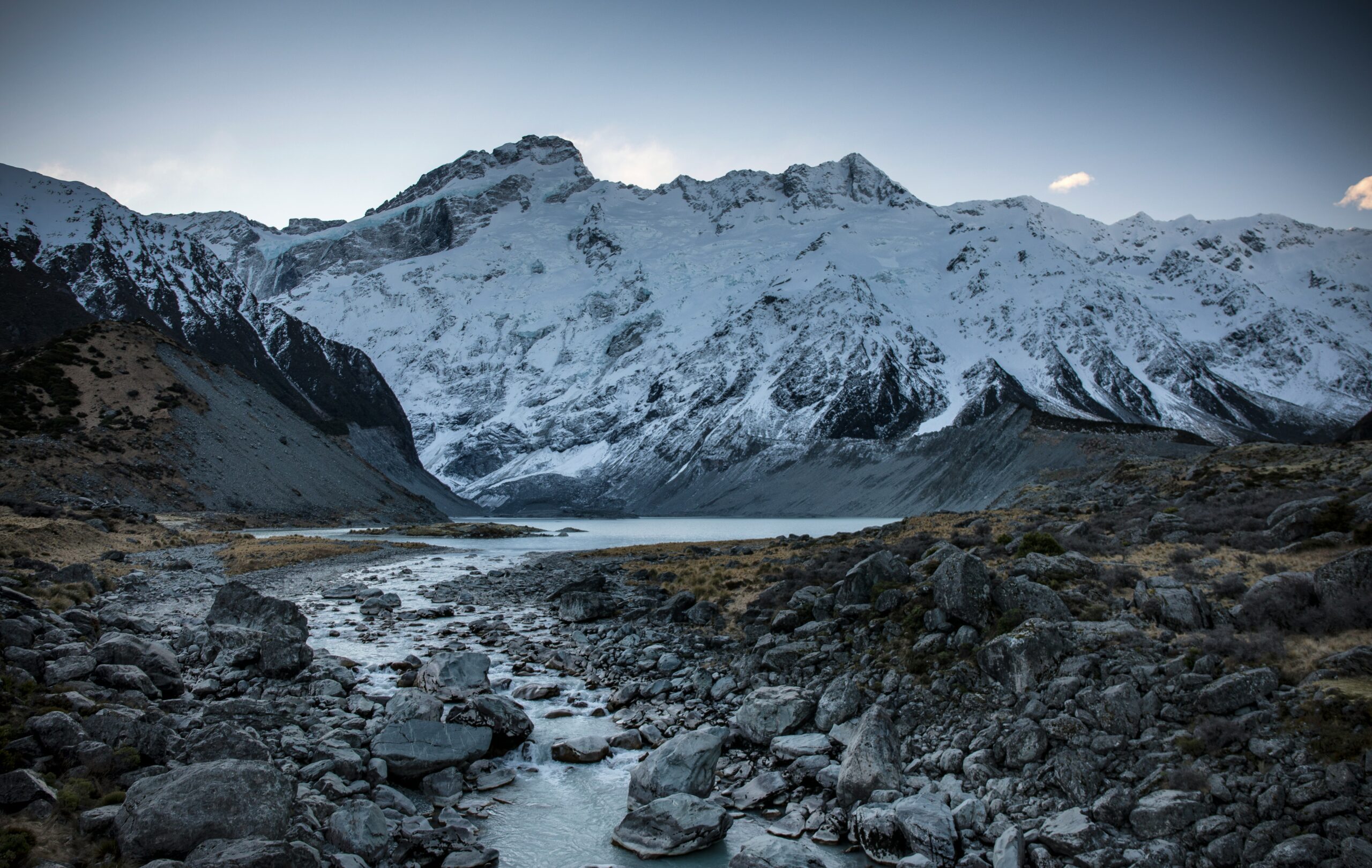

Introduction to Ecosystems
When you think of nature, what comes to mind? Towering mountains that scrape the sky or vast oceans teeming with life? Our planet is a tapestry woven from diverse ecosystems, each playing a crucial role in maintaining the balance of life. From the rugged peaks where eagles soar to the deep blue seas where dolphins dance, these environments are more than just beautiful landscapes; they are vital components of our Earth’s health.
Ecosystems come together like pieces of an intricate puzzle. Each one contributes unique elements that support countless species and influence global weather patterns. Understanding these interactions can deepen our appreciation for nature’s complexity and inspire us to protect it. Let’s embark on a journey through some of Earth’s most remarkable ecosystems, exploring their significance and how they interconnect in ways we might not realize.
The Role of Mountains in the Environment
Mountains are more than just majestic peaks. They play a crucial role in shaping our environment and climate. Their towering presence influences weather patterns, creating diverse microclimates that support various plant and animal life.
As water reservoirs, mountains capture rainfall and snowmelt. This freshwater nourishes rivers, lakes, and ecosystems far below. Many communities depend on these resources for drinking water and agriculture.
Additionally, mountain ranges act as barriers to winds. This can lead to varying climates on either side of the range. The result is rich biodiversity unique to specific altitudes or slopes.
Furthermore, they offer habitats for species adapted to high elevations. These creatures often showcase incredible resilience in extreme conditions.
Through their vast landscapes, mountains inspire adventure while reminding us of nature’s power and beauty. Their preservation is vital not just for wildlife but also for human well-being across regions.
The Importance of Oceans and Their Ecosystems
Oceans cover more than 70% of our planet’s surface. They are vital to life on Earth, acting as the lungs of our world by producing over half of the oxygen we breathe.
These vast waters teem with biodiversity. Coral reefs, often called the rainforests of the sea, support countless species and provide essential habitats. These ecosystems are not only beautiful but crucial for maintaining ecological balance.
Oceans also influence global weather patterns. Their currents regulate temperatures and help distribute heat around the globe. This interplay impacts agriculture and ecosystems far inland.
Moreover, oceans play a significant role in carbon storage. They absorb a large portion of carbon dioxide emissions, helping to mitigate climate change effects.
Yet these precious resources face threats from pollution, overfishing, and climate change. Protecting ocean ecosystems is imperative for sustaining their benefits for future generations.
How Different Ecosystems Interact and Affect Each Other
Ecosystems are like intricate tapestries, each thread woven with care. Mountains, forests, rivers, and oceans all play unique roles in this grand design.
When rain falls on the mountains, it nourishes streams that trickle down to valleys. These waterways support various plants and animals before eventually flowing into larger bodies of water.
Oceans influence weather patterns too. They regulate temperatures and provide moisture that feeds forests far inland. In turn, trees release oxygen and stabilize soil through their roots.
As species move between these environments—bird migrations or fish spawning—they create connections vital for survival. An imbalance in one ecosystem can ripple outwards, affecting distant habitats and communities.
Understanding these interactions helps us appreciate our planet’s complexity. Each ecosystem relies on others’ health to thrive; protecting one means nurturing them all.
Conservation Efforts to Preserve Diverse Ecosystems
Conservation efforts play a vital role in safeguarding our planet’s diverse ecosystems. Organizations worldwide are working tirelessly to protect natural habitats from the threats of climate change, pollution, and deforestation.
One effective approach involves establishing protected areas like national parks and marine reserves. These zones offer refuge for countless species while allowing ecosystems to thrive without human interference.
Community engagement is also crucial. Local groups often spearhead initiatives that promote sustainable practices, ensuring that both people and nature can coexist harmoniously.
Innovative projects like reforestation and wildlife corridors help restore damaged environments. By connecting fragmented habitats, these efforts allow species to migrate safely, maintaining genetic diversity.
Education plays an equally important role in conservation. Raising awareness about the value of biodiversity encourages individuals to take action in their own communities, fostering a culture of stewardship for future generations.
Conclusion: Appreciating and Protecting Our Natural World
The intricate tapestry of our planet’s ecosystems is a marvel worth cherishing. From the towering peaks of mountains to the vast expanses of oceans, each environment plays a critical role in maintaining ecological balance. These diverse ecosystems are not isolated; they influence and support one another in countless ways.
Preserving these natural wonders is essential for future generations. Efforts to protect habitats, restore degraded areas, and promote sustainable practices can make a significant difference. Every action counts, whether it’s reducing plastic use or supporting conservation initiatives.
By embracing our responsibility toward nature, we foster an appreciation for the beauty surrounding us. Understanding how mountains and oceans shape our world encourages respect for all forms of life that inhabit these spaces. It inspires us to act thoughtfully as stewards of this planet.
Let’s commit to protecting our diverse ecosystems today so that they continue to thrive tomorrow. The health of our environment depends on it—and so does the legacy we leave behind.
